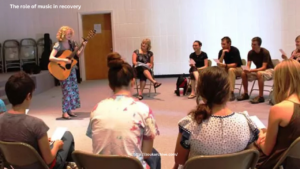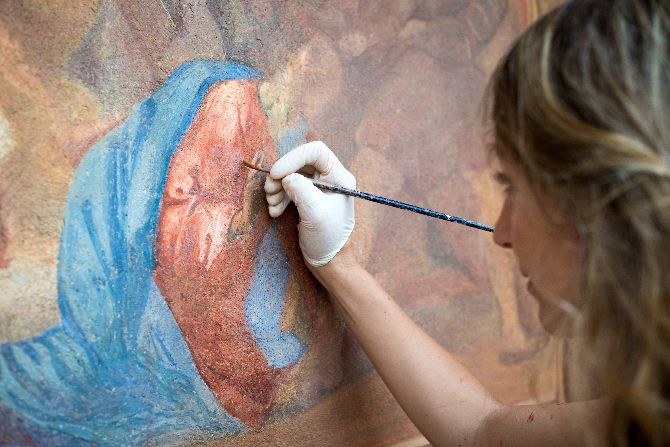 Music has long been a source of comfort, expression, and healing. In the fight against addiction, musicians around the world are coming together to use their talents to inspire hope, provide therapy, and create supportive communities for those struggling with substance abuse. Through concerts, songwriting, music therapy programs, and outreach initiatives, these artists are demonstrating that music can be a powerful tool in recovery.
Music has long been a source of comfort, expression, and healing. In the fight against addiction, musicians around the world are coming together to use their talents to inspire hope, provide therapy, and create supportive communities for those struggling with substance abuse. Through concerts, songwriting, music therapy programs, and outreach initiatives, these artists are demonstrating that music can be a powerful tool in recovery.
The Power of Music in Recovery
For many individuals battling addiction, the journey to sobriety is filled with emotional and psychological challenges. Feelings of isolation, anxiety, and depression are common, and traditional therapy alone is not always enough to address these deep-seated struggles. Music, however, offers a universal language that can transcend words and reach the heart of an individual’s pain.
Studies have shown that music therapy can help reduce stress, lower cravings, and promote emotional regulation. Listening to or creating music activates the brain’s reward system, releasing dopamine and fostering a sense of pleasure without the need for substances. This makes music a natural and healthy way to cope with difficult emotions while reinforcing a sense of purpose and self-worth.
Musicians Leading the Charge
Many musicians who have personally battled addiction are using their experiences to inspire and uplift others. Artists such as Steven Tyler, Macklemore, and Demi Lovato have been open about their struggles with substance abuse and how music played a crucial role in their recovery. By sharing their stories and incorporating themes of addiction and healing into their lyrics, they provide hope to those facing similar battles.
Beyond individual efforts, entire organizations and movements have formed within the music industry to combat addiction. Foundations like Music Cares and The Phoenix offer free sober music events, recovery resources, and peer support networks. These initiatives provide safe spaces for individuals in recovery to enjoy and create music without the presence of drugs or alcohol.
Community Outreach Through Music
Live concerts and benefit events dedicated to addiction awareness are another way musicians are making an impact. Events like Rockers in Recovery and Harmonies for Healing bring together artists, recovery advocates, and audiences to celebrate the healing power of music while raising funds for addiction treatment programs. These gatherings create an atmosphere of unity and support, reminding those in recovery that they are not alone.
Music therapy is also being integrated into rehabilitation centers, offering patients a structured way to use music as a tool for self-expression and emotional release. Programs encourage individuals to write songs about their experiences, play instruments, and participate in group singing sessions. The act of making music together fosters a sense of belonging, reducing feelings of isolation and reinforcing a commitment to sobriety.
Conclusion
As the addiction crisis continues to affect individuals and communities worldwide, the role of music in recovery is becoming more widely recognized. Through their songs, performances, and advocacy, musicians are proving that healing through harmony is not just a metaphor—it’s a real and powerful force in the fight against addiction. By uniting their talents for this cause, they are giving those in recovery the gift of hope, connection, and a new rhythm to live by.
